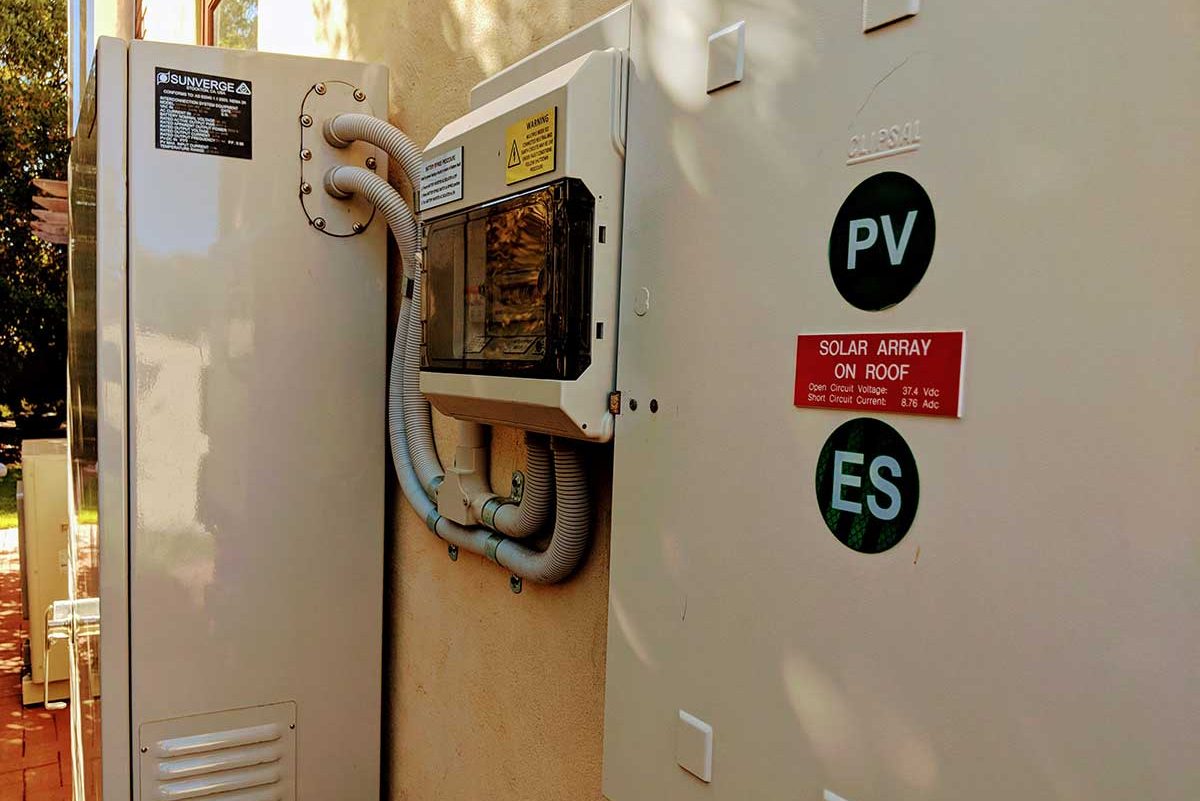As more people become aware that solar panels can be placed on residential and commercial buildings to save money on energy bills, there is an increase in the number of solar panels on the market.
In this post, we unravel some of the mysteries around solar power to help you understand what is actually going on.
The Basics of Solar Panels
A solar panel is a collection of photovoltaic (PV) units that are protected by glass and kept together by a metal structure. That’s why a solar array is officially known as a “PV module.”
Every PV cell contains a negative and a positive surface. The negative layer contains additional electrons, and the positive layer has room for them.
Because electricity moves electrons, all we need for the solar cell to create electricity is some force to knock the electrons free, so they may move from the negative to the positive side.
The photons released by the sun are crucial to understanding how solar panels work. The force from those photons knocks the electrons on the solar cell’s negative end away and causes them to move, resulting in electricity passing.
Those electrons require a path to follow in order for us to be able to utilize the electricity produced. We need them to travel across our circuits so that the electrons can provide energy to those connections as they work their way to the PV module’s positive layer.

The Importance of Solar Efficiency
The proportion of sunlight that strikes the solar array that is transformed into usable power is measured by an efficiency rating. The higher the rating, the less total area is required for the photovoltaic cells to satisfy your energy needs.
Those who live in densely populated regions with little sun space are typically more concerned about system efficiency. Because of its high efficiency, your solar panel system will take up considerably less space on your building.
Conclusion
In an on-grid system, the AC energy from the converter streams into the house or business building. This alternating current electricity powers electrical loads such as appliances, devices, and machinery.
Suppose the solar panels generate more electricity than the loads need. In that case, the extra energy is sent back to the utility provider via net metering.
The meter records this extra electricity, and the energy provider will credit you for it. If the loads require more electricity than the solar arrays can provide, the excess power is supplied by the utility provider.



